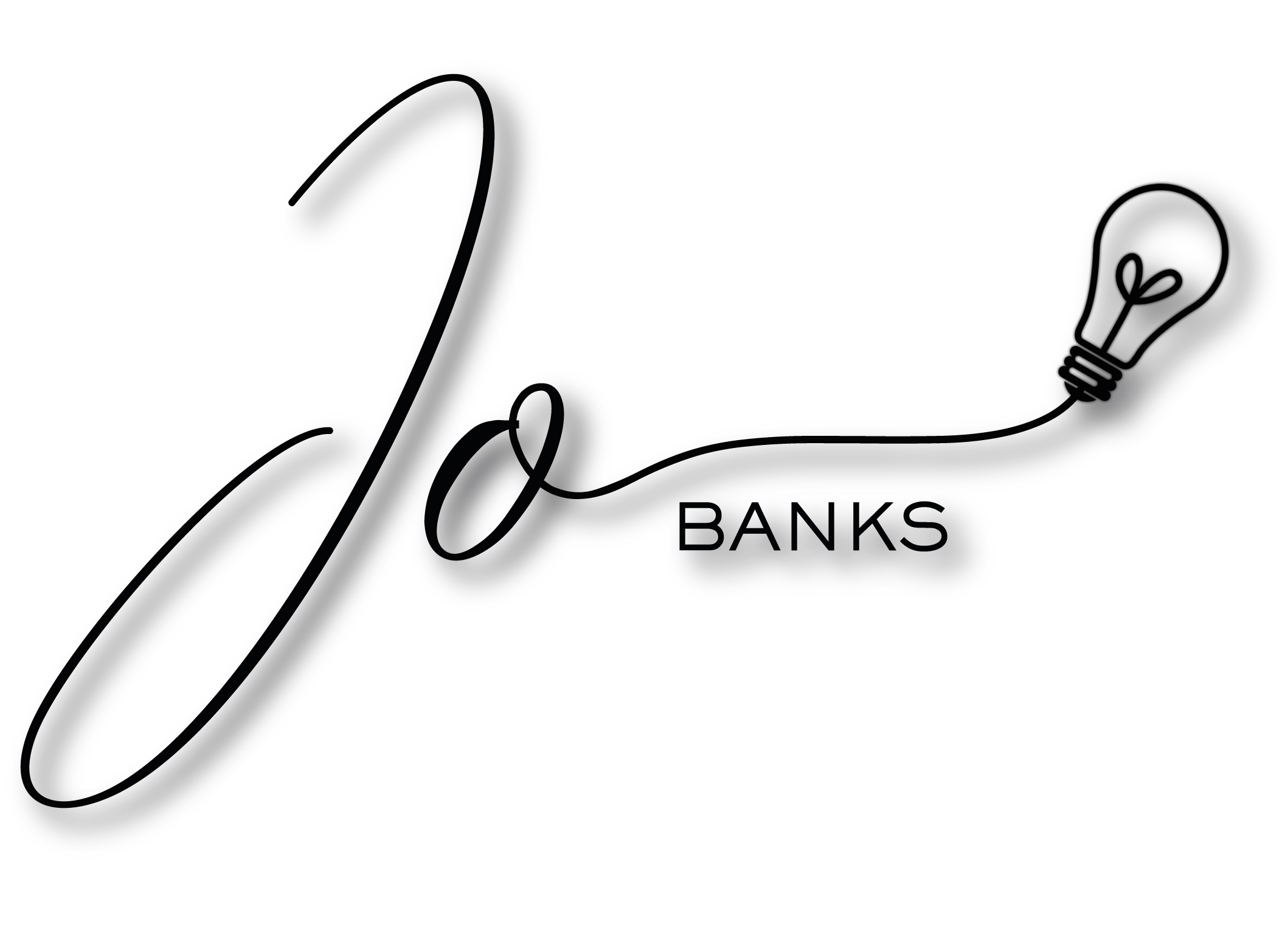Listen to the article (6:34 minutes)
I’m not sure if I’ve written about this before without going back and reading all of my previous posts. But, if I have, there is no harm in repeating important information. After all, repetition is the mother of skill!
One thing I consistently teach my coaching clients and delegates in many of my corporate workshops is information about our flight, fight, freeze stress response.
Many of us have, of course, heard of this automatic response to physical threats. Adrenaline and cortisol automatically get released into the bloodstream to give us a 15-minute burst of strength and energy, allowing us to run or fight our foe or freeze until the danger has passed.
However, few people realise that stress, panic, and overthinking cause precisely the same biochemical reaction.
Real vs Physical Threats
Our minds can’t distinguish between a real-life physical threat and a vividly imagined one.
Therefore, our stress response activates to a perceived threat in the same way it would if faced with a physical one, e.g., hearing footsteps behind you on a dark night.
Just a few examples of commonly perceived threats include:
- Panicking about paying bills
- Potential or actual job loss
- Receiving an unexpected email from your boss asking for an impromptu meeting
- Arguments with your spouse
- Worrying about upcoming deadlines
- Disagreements with friends, family or work colleagues
- Thinking that someone is judging you
- Worrying about the future
Fight/Flight/Freeze/Fawn
There’s a common misconception that fight, flight, freeze only looks like this:
- Fight = physically defending yourself
- Flight = running away
- Freeze = hiding behind or in something, e.g., behind a door or in a cupboard
Now, that could be the case in response to physical threats. However, reactions to non-physical threats tend to look more like this:
Fight
- DEFENSIVENESS
- Anger/aggression/snappiness
- Argumentative
- Passive aggressive
- Nit-picking/micromanaging
- Belligerence
- Jealously
- Resentfulness
- Judgemental
- Sarcasm
- Impatience
- Frustration
Flight
- Cancelling plans/meetings (at the last minute)
- Using avoidance tactics, e.g., seeing someone and walking the other way
- Lateness
- A sudden urge to get away
- Physically removing yourself from a situation
- Inability to enter a room
- Excessive running/cycling/walking
Freeze
- PROCRASTINATION
- Numbing activities such as EXCESSIVE Netflix bingeing, overeating/binge eating, social media scrolling, online shopping, gaming, exercise
- Ringing in work sick because you can’t face going in
- Fainting
- Physically hiding in your car, kitchen, bathroom, shed, etc.
- Doing something other than what you ought to be doing (e.g., ‘hiding’ at work, pub or gym instead of going home)
- Feeling stuck/immobility
- Lack of motivation
Fawn
Fawn is rarely talked about as a stress response. However, it is a relatively common and includes:
- PEOPLE PLEASING
- Trying to make the other person happy at the detriment of oneself
- Trouble setting boundaries
- Inability to stand up for oneself
- Putting other’s needs first
- Deferring to others
- Inability to say ‘no’
For more on people pleasing, you can read a previous article here – I intend writing more on this topic in upcoming posts as I frequently get asked about it.
(N.B., there may be some overlap in behaviours between the above categories. So, if you recognise any characteristics, avoid getting hung up on which section they may belong in. Do, however, know that the stress response is undoubtedly activated.)
Clients/delegates often say they can cycle through all four categories when I teach what fight, flight, freeze often looks like in reality.
For example, they may get angry (fight), run out of the room (flight), hide at the gym (freeze) and come home later with pizza as a peace offering (fawn).
Others are surprised to realise that their behaviour, or that of someone else, often results from an activated stress response.
Why is this important?
Firstly, it’s important to point out that our baseline behaviour is typically calm, controlled, and peaceful for most of us. So, when we behave in a way that’s different to our baseline (i.e. we are displaying flight, flight, freeze, fawn characteristics), it’s a good indicator that the stress response is in full flow.
Therefore, knowing this information will help increase both your self-awareness and emotional intelligence. It will help you be more aware of your thoughts, emotions and reactions and how they impact others.
It will also enable you to be more empathetic towards those around you. If someone’s stress response is activated, their behaviour likely has nothing to do with you, but rather, they are re-enacting a programmed response they learnt in childhood.
What’s next…
In the next article, I’ll discuss simple tools, tips and techniques for managing a triggered stress response.
In the meantime, if you’d like some support in managing any aspect of your life, clearing blocks/resistance allowing you to achieve your most authentic goals, contact me for a free, no-obligation conversation on how I can help you.



